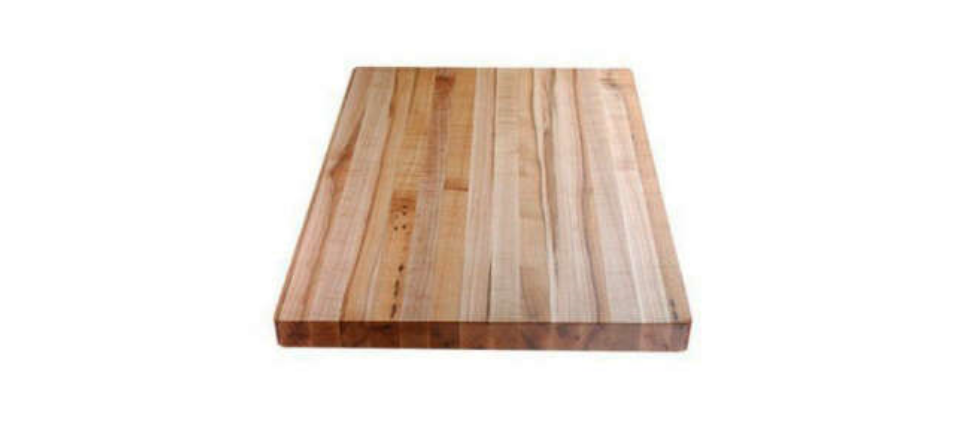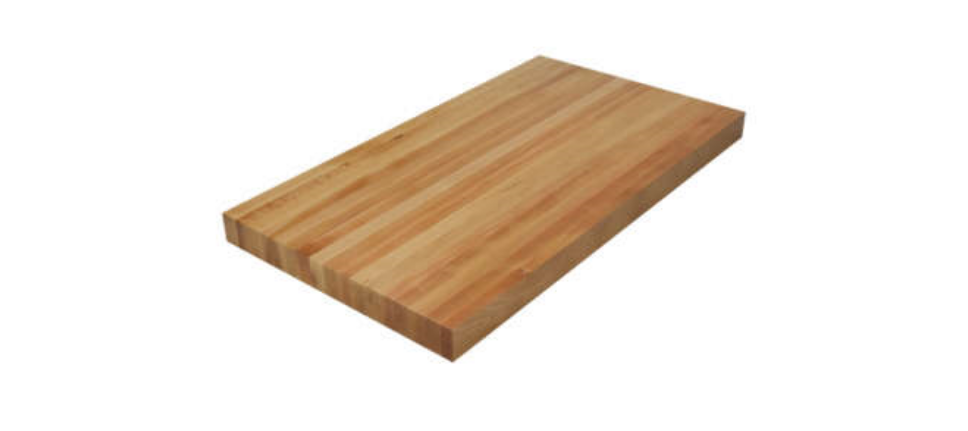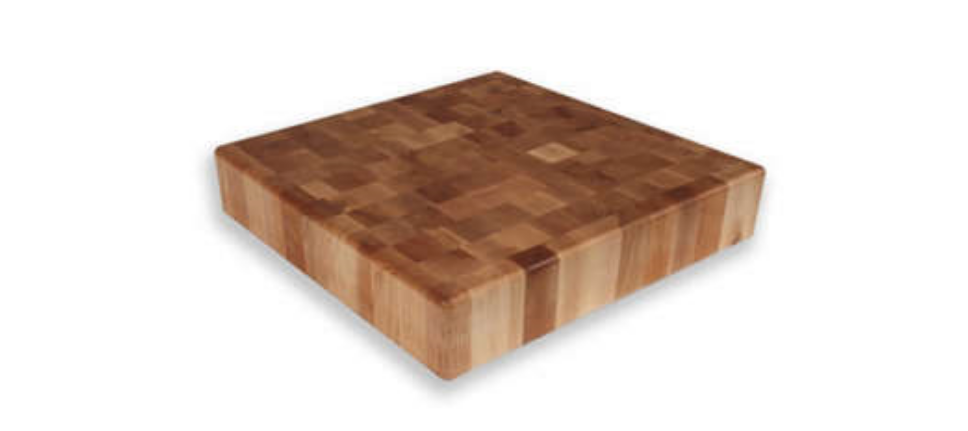Butcher Block
Greatly remarkable by its warm accents and handcrafted feeling, butcher block surfaces bring a timeless natural touch to your space.
Know Your Material: Butcher Block
Butcher block is known for being one of the sturdiest, most stable, and best suited materials for busy kitchens. Assembled by straight cuts of wood glued together into thick slabs, butcher block is usually made from endurable woods such as maple, cherry, red oak, and walnut. There are three basic construction styles for this material:
Edge Grain:
Characterized by its rustic sensation and affordability, edge grain is fabricated by placing long boards on their side together in other that their long narrow edges create the surface.


Face Grain:
Unlike edge grain, face grain is formed by wood cuts, laying flat next to the other, to form a streamlined surface.
Edge Grain:
Characterized by its rustic sensation and affordability, edge grain is fabricated by placing long boards on their side together in other that their long narrow edges create the surface.

We can help you to bring a cozy cottage feeling to your project with the finest butcher block

Tips for your butcher block countertop
- Opt for an unsealed, oil-finished wood if you are planning to use butcher block for a kitchen countertop.
- Avoid unsealed surfaces around a sink.
- To keep the wood protected, oil your butcher block counter at least once every six months.
- Avoid using cooking oil to treat your counter.
- Scratches, burns, and other surface damages can be lightly removed with fine sandpaper.

